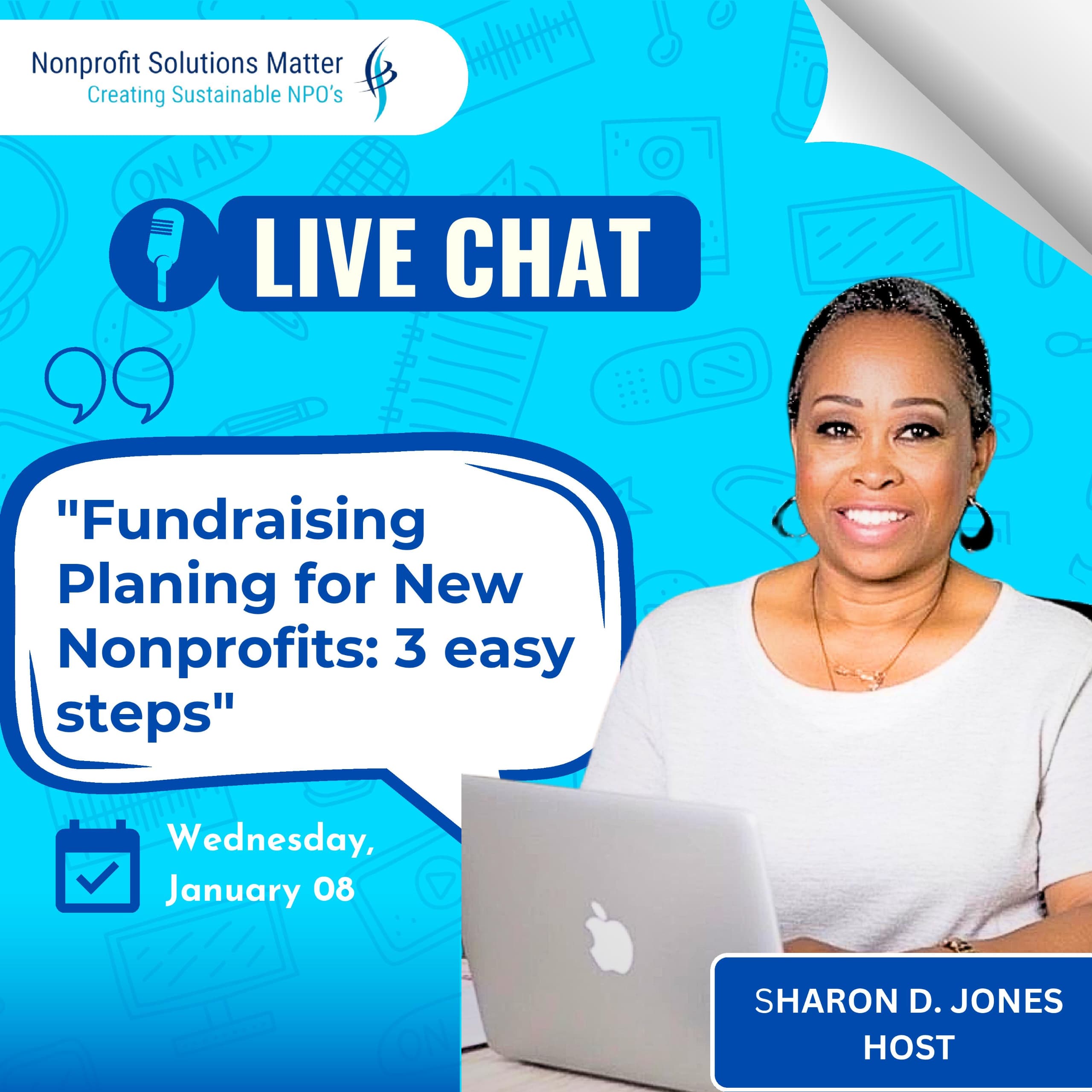Setting Expectations & Accountability Processes
As nonprofit leaders, one of the greatest challenges we face is ensuring our board members are truly engaged and committed to the success of the organization. Sure, we can recruit passionate individuals, provide them with the tools and resources they need, and even assign them responsibilities. But without clear expectations and accountability, we risk losing their focus—and eventually, their participation. Setting clear expectations and holding board members accountable is key to getting them to show up, deliver, and help drive the organization forward.
Why Setting Expectations Matters
In my experience, setting expectations is foundational to success. It’s easy to think that once responsibilities are delegated, people will naturally follow through. But the reality is that without a clear understanding of what’s expected from them, board members may get complacent. Whether in our professional lives, personal projects, or board responsibilities, the areas where we perform best are the ones where we're held accountable and where expectations are crystal clear. It’s human nature to slack off when no one is watching or when we don’t have a specific goal to strive toward.
So, what kind of expectations should we set for our board members? I’ve found that there are three critical categories: personal, board-wide, and organizational expectations.
1. Personal Expectations: This could involve individual goals for personal development or tasks like donor stewardship. For example, if a board member is tasked with engaging a specific group of donors, what are the exact results you expect from them? Setting clear personal goals based on the responsibilities you’ve delegated ensures they know what success looks like.
2. Board Expectations: These expectations apply to the entire board as a group. Attendance at board meetings, contributing to discussions, participating in fundraising efforts, and supporting the organization through 100% board giving are typical board-wide expectations. It's essential to make it clear that being on the board is more than just showing up—there’s active involvement required.
3. Organizational Expectations: These are the big-picture goals of the organization that board members need to rally behind. For instance, if the organization aims to acquire a new property in the next two years, that expectation should be communicated clearly so that board members understand their role in reaching this goal.
Without clear expectations in these three areas, you’re leaving it up to chance. People need something to work toward, a goal that keeps them inspired and committed.
The Role of Accountability
Now, it’s one thing to set expectations, but it’s another to ensure that your board members are actually following through. Accountability is the glue that holds everything together. Without it, even the best-laid plans will fall apart. I've seen this firsthand, both in my own leadership experiences and while working with other organizations. No matter how clear your expectations are, if there’s no system in place to hold people accountable, they might not follow through.
So, how do you effectively hold board members accountable? Here are a few strategies that I’ve found to be effective.
1. Start During Recruitment
Accountability starts with recruitment. Before a new board member even joins, they need to be aware of the commitments and responsibilities they are signing up for. I always recommend having potential board members sign an agreement that outlines their duties and the expectations placed on them. This upfront commitment sets the tone for accountability from the very beginning.
2. Establish Clear Consequences
To hold someone accountable, you need to be clear about what happens if they don’t meet their responsibilities. For instance, if a board member is supposed to steward 10 donors and fails to follow through, what are the consequences? Now, this doesn’t mean being harsh or punitive, but you do need to have an honest conversation about accountability. I’ve found it helpful to ask board members directly, "How would you like us to hold you accountable?" Everyone is different, and by personalizing accountability, you create a process that works for each individual rather than imposing a one-size-fits-all approach.
3. Regular Check-ins
A key part of holding people accountable is staying in constant communication. Don’t wait for quarterly board meetings to check in on progress. Instead, establish regular touchpoints. Whether it's a weekly call, a monthly update, or a bi-weekly email, frequent check-ins keep board members focused on their responsibilities and let them know that you're actively tracking progress. By keeping the lines of communication open, you’re much more likely to keep people engaged and motivated.
4. Use Technology
Technology can make the accountability process much easier. Project management tools like Asana, Trello, or Google Workspace can help you organize board responsibilities, track progress, and ensure everyone is staying on task. For example, if a board member is tasked with sending out emails or overseeing a project, you can monitor their activity and follow up as needed. By using a centralized platform, everyone stays informed, and it becomes much easier to see who is meeting expectations and who needs additional support.
5. Regular Reviews
I also recommend implementing regular reviews—both for individuals and for the board as a whole. During these reviews, each board member can evaluate their own performance, as well as provide feedback on the board’s overall effectiveness. This self-assessment process gives board members a chance to reflect on their contributions, which in turn fosters greater accountability. It’s a great way to ensure everyone is staying on track and contributing to the organization’s success.
Lessons from Personal Experience
I’ve personally seen how effective these strategies can be—and I’ve also learned the hard way what happens when things go wrong. Early on in my leadership journey, I thought all I had to do was assign responsibilities based on each person’s expertise. I was wrong. I lost several key board members because I didn’t take the time to have those critical conversations about expectations and accountability. It wasn’t until I started setting clear expectations, giving people autonomy, and holding them accountable that I saw real success. We were able to grow from 300 to 1,000 members in a short period of time because we had a clear vision, defined expectations, and a robust accountability process in place.
In Conclusion
Setting clear expectations and holding your board members accountable isn’t just about getting them to show up for meetings or complete tasks. It’s about fostering a culture of commitment, responsibility, and mutual trust. By outlining personal, board-wide, and organizational expectations, and by implementing a thoughtful accountability process, you’ll be able to keep your board members engaged, motivated, and working toward the same goals.
Success doesn’t come from hoping things will work out. It comes from setting clear goals, holding people accountable, and continuously improving the process. If you get it right, the rewards for your organization—and for the board members themselves—are immense.
Until next time, remember that the success of your organization depends on it. Let's keep moving forward, learning, and building stronger boards that help us reach our mission.























































